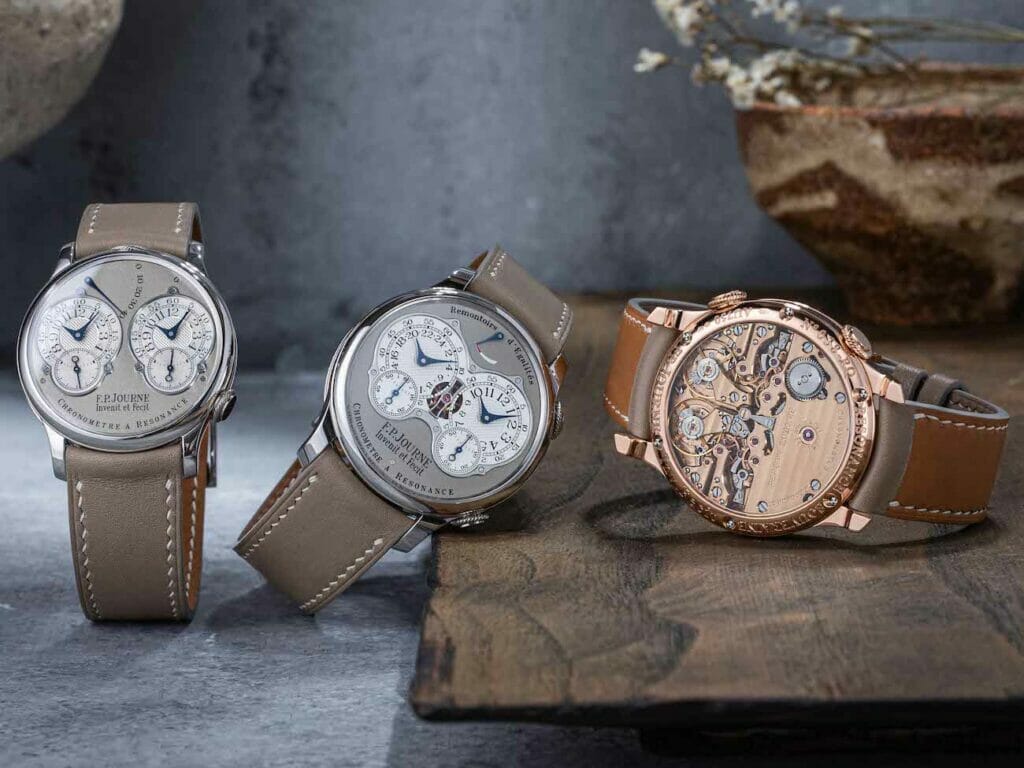Before the emergence of formalised structures of watch production in the early 19th century, the forerunner of the modern watch manufacturing houses we know today, watchmaking was a cottage industry-like setting, where watchmakers pursued their métier independently.
These technical artisans were like artists, painting in steel and gold instead of oil on canvas, devoted to the pursuit of horological advancement or finished perfection, their creations are prized for their technological, intellectual and artistic attributes, often blending the line between traditional watchmaking and avant-garde innovation.
Up till the last quarter of the 20th century, watchmakers devoted their entire careers to the top watchmaking houses that competed in annual chronometer competitions, while producing, in their own time and on subscription, watches for collectors. The quartz technology and ensuing watchmaking crisis of the 1970s and 80s changed that forever.
Dr George Daniels’ Space Traveller (1982) and Grand Complication (1987)
Philippe Dufour’s Duality #06 (1997), Duality Prototype #00 (1996) and Albert Piguet Double Lever Escapement (1933)
Rexhep Rexhepi’s Chronometre Contemporain in platinum (2020) and in pink gold (2018)
FP Journe’s Chronometre a Resonance Platinum (2000), Chronometre a Resonance in platinum (2020) and in rose gold (2020)
In 1969, however, the late Dr George Daniels signed his first pocket watch – a remarkable development both for the skill involved in inventing and constructing a manual winding watch from scratch by hand as well as the timing, the onset of the quartz crisis. Dr Daniels’ proposed alternative to the electronic watch consecrated him as the father of modern artisanal watchmaking, inspiring generations of others to pursue a similar path.
The Hour Glass’ The Persistence of Memory surveys the last 50 years of artisanal watchmaking, taking as it point of departure 1970 and the genre-defining work of two close friends, Dr Daniels and Derek Pratt, before continuing with the likes of François-Paul Journe, Denis Flageollet, Kari Voutilainen and Philippe Dufour and ending with the promising contributions of this part decade from their younger colleagues Roger Smith and Rexhep Rexhepi.
The goal of the exhibition is to create a living online repository of the key members of this contemporary independent watchmaking movement, documenting its developmental timeline, and photographing and archiving images of its most important watches.
According to Michael Tay, Group Managing Director of The Hour Glass and exhibition curator, the exhibition had been in the works for several years now, adding: “We assembled 150 of the finest examples of artisanal watchmaking of this period, including two of Dr Daniels’ masterworks – the Space Traveller and the Grand Complication. He added that the bespoke online viewing room of the exhibition allows for thorough storytelling, accompanied by precise macro photographs of the watches.
The exhibition, which can be viewed online now, is in line with The Hour Glass’ core mission as a specialist watch retailer to advance watch culture, and actively sharing watchmaking knowledge that cultivates connoisseurship and encourages the development of a watch collecting mindset.



